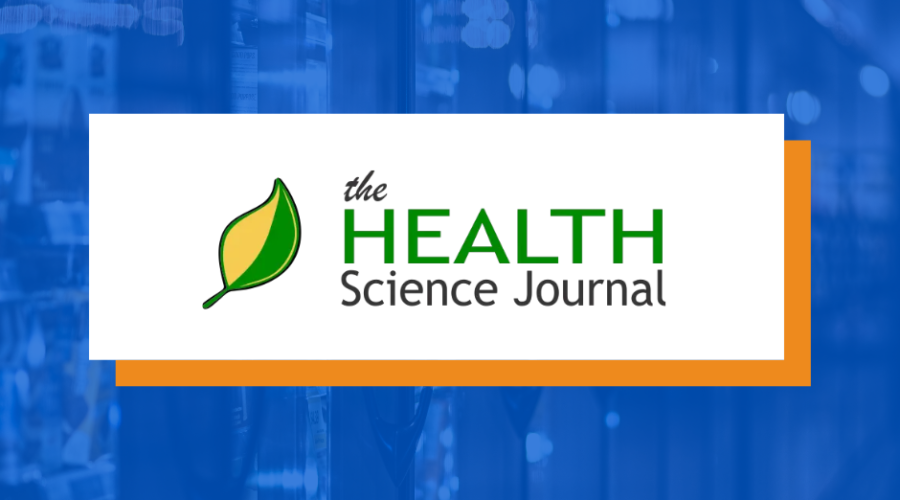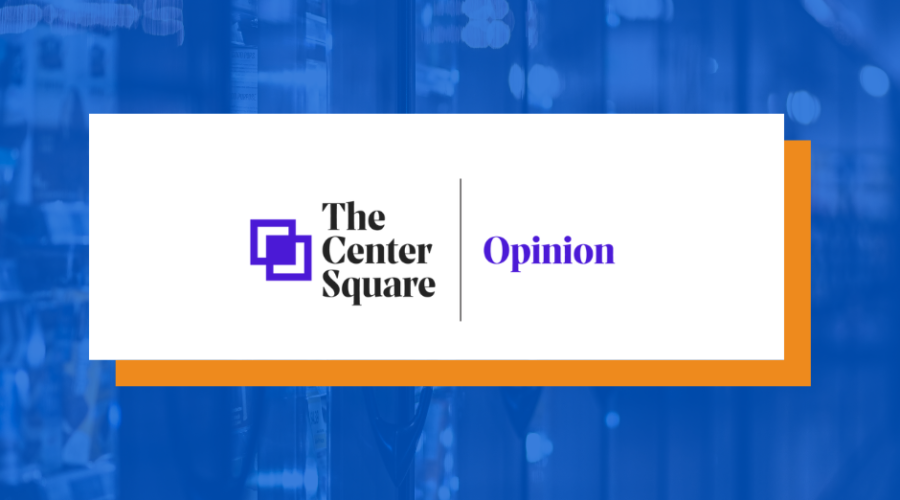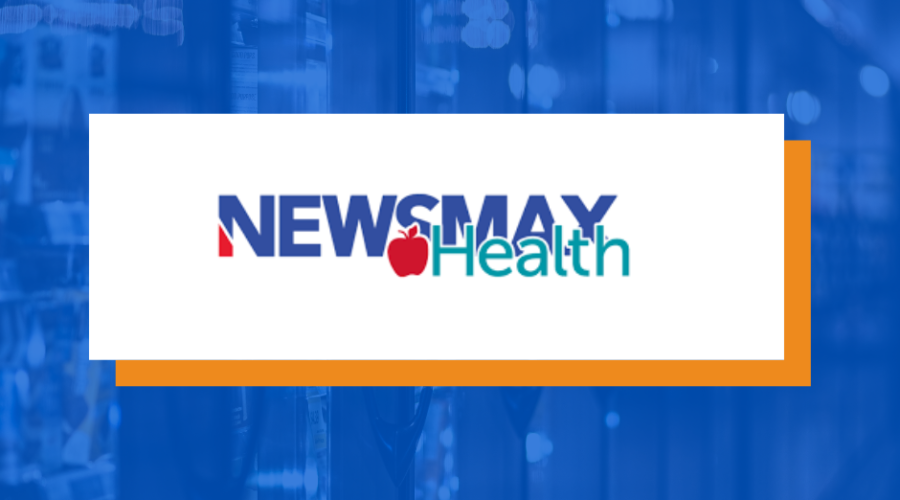Prioritizing mental health in a time of global crisis
At this year’s World Economic Forum in Davos, the term “polycrisis” became a recurring theme in the panels and discussion. As the war in Ukraine rages on, the impacts of COVID-19 still impact countries across the globe, and as inflation hits the purchasing power of consumers, it becomes hard to tell where one crisis begins, and the other one ends. Forbes Magazine describes the term as follows “A polycrises occurs when concurrent shocks, deeply interconnected risks, and eroding resilience become intertwined. These disparate crises interact such that the overall impact far exceeds the sum of each part. The concept of polycrises and interconnected risks also applies to business and supply chain management, not just nation states.”
Any crisis causes anxiety, whether people are directly or indirectly affected by the imminent threat. While it is obvious that those affected by war will deal with the immediate fear for their lives, the anxiety of fearing for the future cannot be underestimated. Many people are burdened with paying their energy bills while providing for their families or the existing job insecurity as corporate layoffs hit major companies.
However, compared to the gloomy realities of the last recession in 2008, our professional and personal awareness of mental health support is much higher than it used to be. When the Consumer Choice Center hosted an event on mental health in Davos this year, this was the exact emphasis we wanted to attract. Our speakers, including Pa Sinyan from Gallup, as well as the trauma specialist Alysha Tagert, put the emphasis on mental health support in all settings, breaching the stigma around talking about mental health issues and coping mechanisms to deal with stress and anxiety.
According to Gallup’s 2021 Global Emotions report, negative emotions — the aggregate of the stress, sadness, anger, worry and physical pain that people feel every day — skyrocketed, reaching a new record in the history of Gallup’s tracking. Not surprisingly, unhappiness and a sense of loneliness are at an all-time high, and suicide among children and young adults breaks records with 54% growth over the last 15 years.
At the event, mental health specialist Alysha Tagert said that “if we are to move forward towards a more productive and whole society, mental health needs to be at the center of the conversation, not just something we pay lip service to or tack on as an employee seminar.” She emphasized the need to look at our state of mind not as a condition to be diagnosed and treated but as a continuum of wellbeing, an inextricable aspect of each person: “Just as our physical health is a vital part of who we are, so is our mental health.”
To help control stress and anxiety day-to-day, Tagert left the audience with a few tangible takeaways. She recommended simple and easily accessible tools to self-soothe and calm down:
“I encourage my clients to assemble a coping toolbox, which is an actual container filled with items that can help them soothe themselves in a time of panic or anxiety by engaging the senses. The toolbox should contain simple everyday items, such as sugar-free gum, a stress ball, or a fidget spinner that can bring a person to the present moment through touching, tasting, seeing, etc. For example, noticing the smell, texture, color, or flavor of chewing gum forces the mind to focus on the act of chewing.”
Issues surrounding stress and anxiety need more awareness in our society. They inform the soundness of not just our work relationships and performance but also our wellbeing on a daily basis. The pandemic has allowed more people to become aware of these topics as they faced the bleakness of isolation. Let’s use this momentum to create a better future for all.
Originally published here







